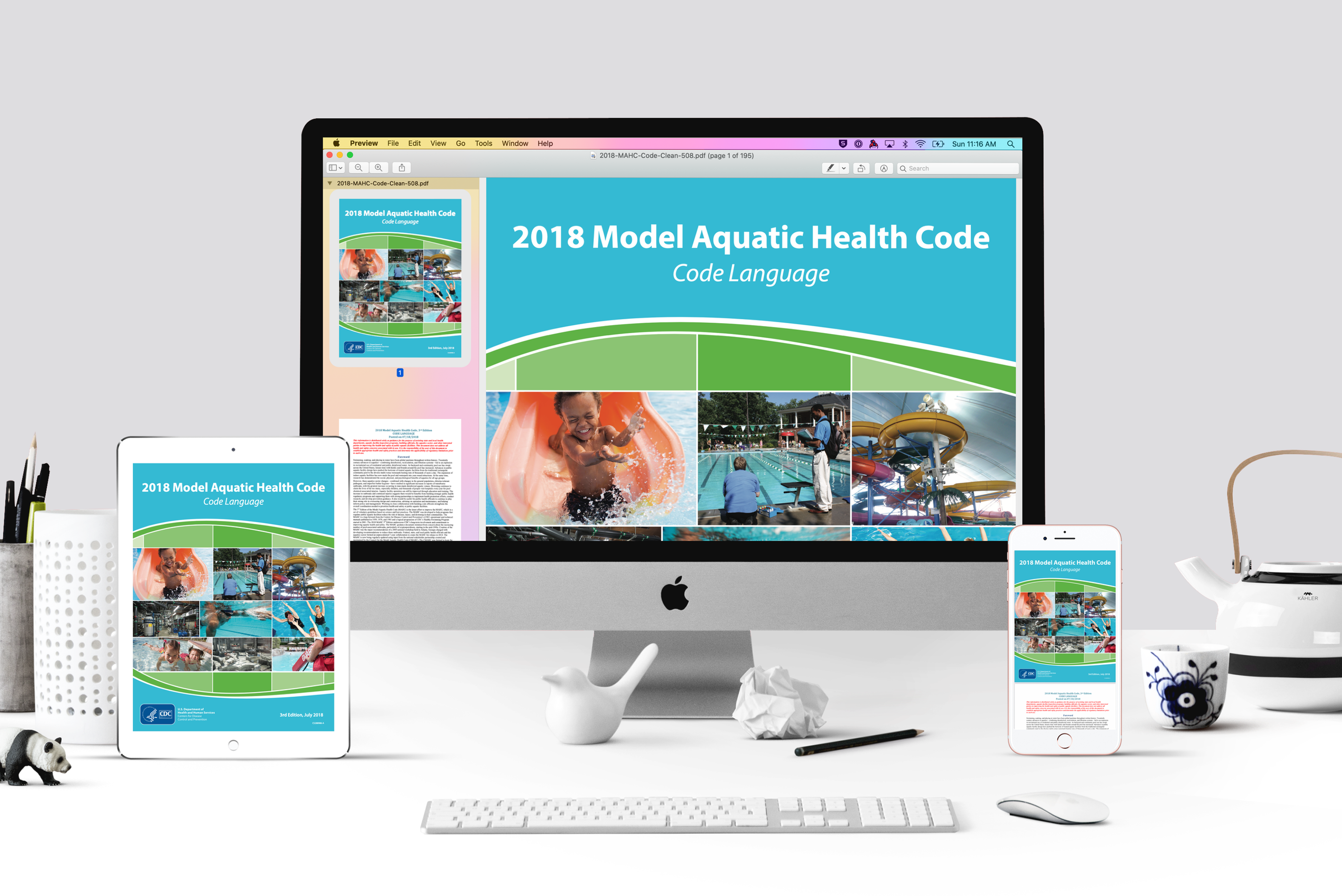Standing Committees
Annex Revision and Update
Objectives
- Expand and improve the science- and evidence-based language in the Annex that is key support for MAHC adoption and MAHC users.
- Review the MAHC Code and Annex to determine if existing Annex content needs updating and, where no Annex information is provided, if content is needed.
- Identify subject matter experts to update and/or write new Annex sections.
- Manage completion of Annex language by subject matter experts
- MAHC sections that lack Annex information but need discussion/explanation;
- Annex discussion that exists but does not contain explanatory content; it only re-states a MAHC requirement.
- Mark for deletion if additional explanatory information is not necessary, or
- Identify content needed.
- Existing Annex information that needs additional explanation and/or updating.
- CDC and CMAHC will explore ways to update the Annex during inter-conference periods to best support MAHC adoption needs and MAHC users.
MAHC/ISPSC Consistency
- Identify design criteria inconsistencies between the MAHC and the ISPSC, evaluate the most appropriate science/data-based information, and make recommendations for revisions to the MAHC or ISPSC, as appropriate.
- Determine which code contains the most appropriate, technically accurate information, and/or the best elements from each code.
- Evaluate science, best practice and potential for performance-based criteria for item.
- Make recommendations for revisions to either the MAHC, ISPSC, or both so the most appropriate, technically accurate information is included.
- Include necessary, supporting information, as specified by the respective organization's code update process.
- Identify individual(s) to prepare, submit and advocate for the proposed code update using the respective code(s) process.
